A Multisensory Christmas Dinner PT II – Re-imagining Christmas Dinner
Finally we have the menu itself, Christmas is a time for a good dose of nostalgia and comfort foods. But that doesn’t mean we should only go down the route of the tried & tested when planning our menu, so here are a few key ideas to keep in mind when planning your 2020 Christmas experience!
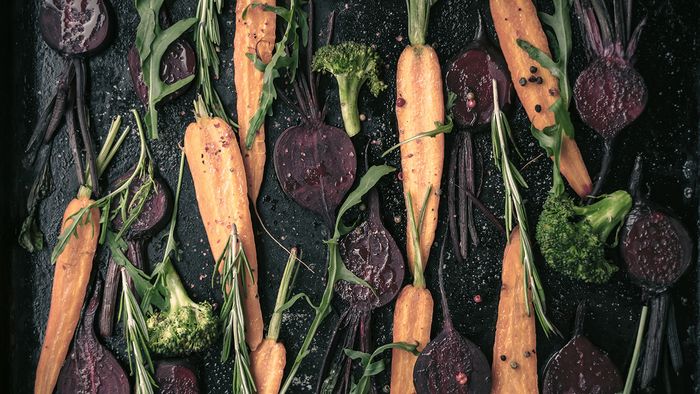
Keep in mind not only the balance of flavours overall, but also taste. By taste I refer to the basics of; salty, bitter, sour, sweet and umami. Salt tends to feature broadly across a number of the savoury Christmas dishes, so it is always wise to thing about having more than one to hand; table salt for cooking, Maldon salt for finishing and plating, kosher or coarse sea salt for brining etc. Sweetness can be found in roasted winter root vegetables, chutneys and dessert. Bitterness comes from the greens like Brussel sprouts, kale and cabbage. Sourness can come from condiments like mustard and cranberry sauce. Then there is umami; our 5th taste sensation which best loosely translates in English as ‘savoury’. Umami is found in meat (especially once browned), gravy, mushrooms, bacon, tomatoes and cheeses. Adding a couple of teaspoons of red miso and/or some dried mushrooms (which you can take out later and eat) to your gravy will give it a real umami boost. Sauces like Worcestershire and soy can be drizzled over root veg ahead of roasting as another umami enhancer.
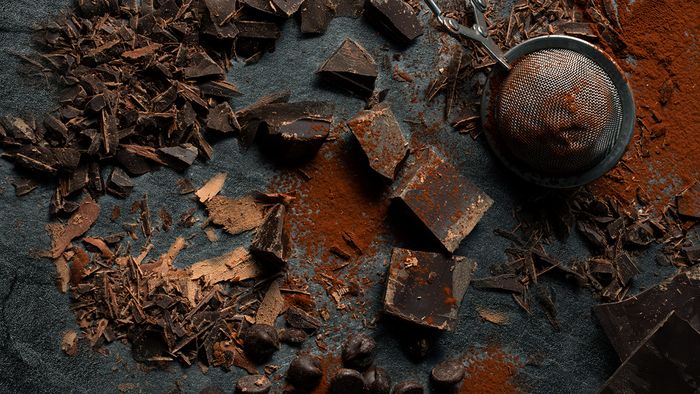
Talking about gravy; another way to increase the rich mouth feel and bring in some mild sweet and bitter notes is the use of dark chocolate (75% - 85% cocoa). A few nuggets of dark chocolate will give added body and texture to the gravy, and if you wanted to be really avant-garde why not add a little chilli. While chocolate and chilli in a sauce served over meat may seem a little strange at first just think about the famous Mexican Oaxacan Molé sauce. A rich, dark, highly spiced sauce which features chocolate and chilli, this gravy is traditionally served with turkey (and chicken) all year round.
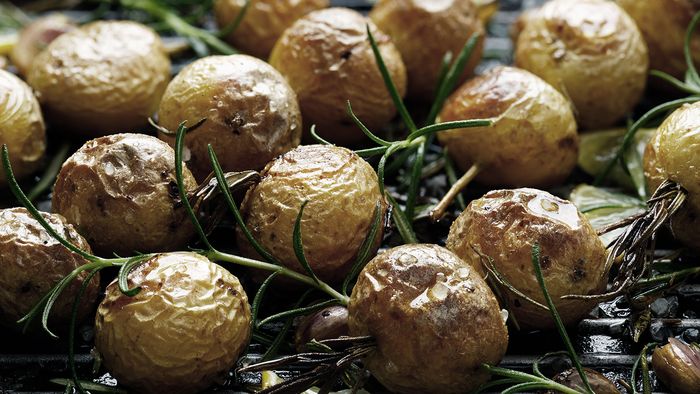
It is always good to keep texture in mind when planning your Christmas spread; good roast potatoes are crispy, meat should be tender with some bite, gravy is silky, roasted veg should still have some crunch. So think of how to dial up the textural elements such as; roasted Brussel sprouts with crispy bacon, crackling, crushed nuts mixed with herbs, seasoned bread crumbs and so on.
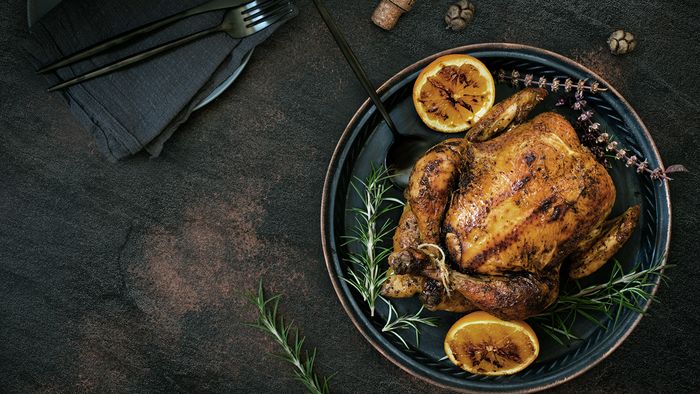
In most cases brining meat ahead of roasting will give you the optimal result, causing it to become juicer and more flavourful. Brining solution are generally made up of water with about 3-5% salt, spices such as star anise, juniper berry and peppercorn can also be added for flavour. The process is simple; warm all the water and dissolve the salt, take off the heat and add any spices you wish, then chill in the fridge. Once cold add the meat for 3-24 hours depending on the type of meat being used.
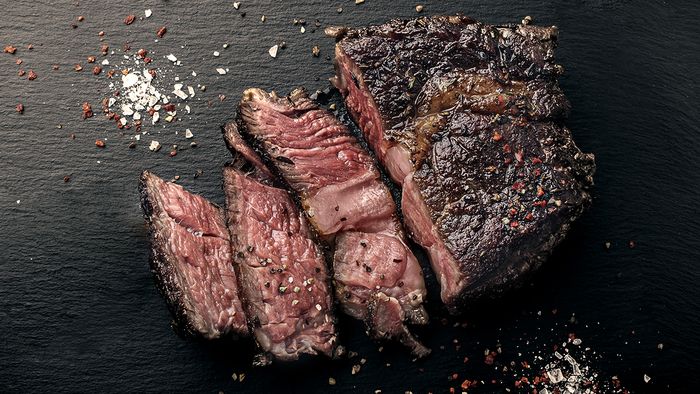
Cooking sous-vide refers to placing ingredients in an air-tight plastic pouch and cooking at a precise temperature, typically at lower temperatures for longer periods. This method of cooking is not suitable for whole birds, however most cuts of lamb, beef and poultry work perfectly well. This low and slow cooking method means your food retains more flavour, nutrients, minerals, vitamins and can turn tough cuts of meat into melt in your mouth delights. The results are also highly consistent and mean less stress in the kitchen when preparing your feast.
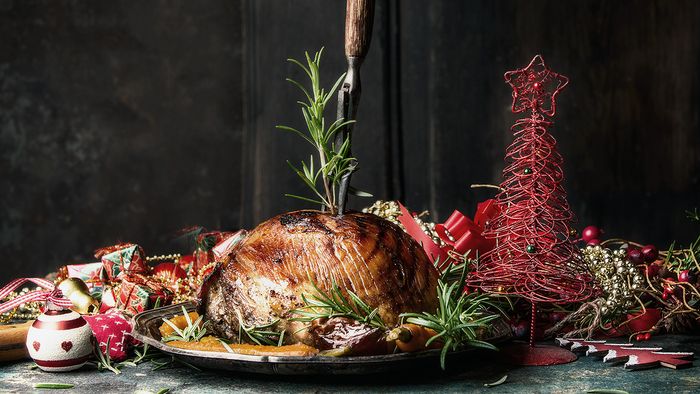
Not ready for the sous-vide experience or want to cook a whole bird or rib of beef? Use a probe thermometer; this is both the safest and most reliable method of making sure you roast your meat to perfection each and every time. The probe thermometer setting in the Siemens Studio Line ovens allows you to monitor the core cooking temperature of your meat, ensuring you never over (or under) cook the flesh while allowing for a much greater degree of accuracy and consistency in your cooking.


